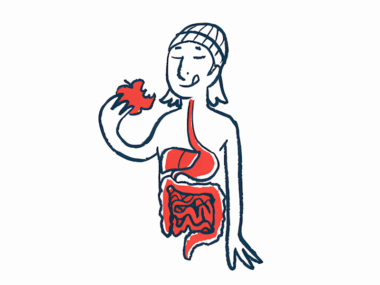Emotional support a focus of new guidelines to manage constipation
Advice aims to help healthcare teams support patients with common symptom
Written by |

A new set of guidelines, developed by a team of scientists in China, outline ways healthcare professionals can help people with Parkinson’s disease to deal with constipation — and the focus is on emotional support to help patients, and emphasizing the importance of open dialogue.
The study, “Breaking ground: nursing-led approach to alleviating constipation in Parkinson’s disease,” was published in BMC Geriatrics.
Constipation is a common nonmotor symptom of Parkinson’s, often appearing even before the onset of motor symptoms. Not only is constipation uncomfortable, but it can set the stage for more serious intestinal issues. It also can cause oral medications to be not absorbed as well by the body.
Now, the researchers set out to create guidelines for how clinicians, particularly nurses, can support people with Parkinson’s disease when it comes to constipation.
“Constipation treatment and nursing interventions are an important part of managing non-motor symptoms in [Parkinson’s] patients,” the scientists wrote, adding, “Although constipation is common in [Parkinson’s] patients, there have been few studies on reasonable nursing intervention options for [such] constipation symptoms in clinical practice.”
3 steps outlined for better managing constipation symptoms
To create the guidelines, the researchers first reviewed the published scientific literature on constipation and Parkinson’s disease. The team then created a prototype set of guidelines, which were sent to a panel of 15 experts, each of whom had at least a decade of experience working with Parkinson’s patients. The experts provided feedback, which were used to revise the guidelines. The revised guidelines were then sent back to the experts for a final consensus.
Ultimately, the finalized guidelines outline three key steps for dealing with constipation in Parkinson’s. The goal, the researchers noted, is “establishing or restoring patients’ self-efficacy through … positive emotional support.”
The first step is for clinicians to take the initiative in asking patients about this symptom, as well as offering information about what causes constipation in Parkinson’s. The healthcare team also should provide general information about intervention options.
When constipation is an issue, the second step is to create an individualized plan to manage it. This can include things like changes to diet — with the aim of getting more fiber in the body — eating plenty of fruits and vegetables, and drinking enough water. Getting physical exercise also can help to relive constipation, and there are specific exercises like abdominal twists or pelvic floor exercises that can help get the bowels moving. Maintaining regular habits, such as using the toilet at the same time each day, also can be a helpful part of plans for constipation management.
The guidelines highlight that it’s important to have open dialogues about the different options available to create a workable and sustainable plan for patients and their family. When lifestyle changes aren’t enough to manage constipation, medications like stool softeners also may be tried.
The third overarching step outlined in the guidelines is to set up strategies to help the patient stick with their plan in the long-term. For instance, the guidelines suggest having patients keep records of their daily diet and bowel movements, with regular check-ins from healthcare professionals to give motivation and discuss any changes or additional treatments that may be needed.
The constipation intervention program [is] based on … strategies that emphasizes assessment, guidance, and support for patients and are practical.
“This study promotes the emergence and maintenance of healthy behaviors for constipation symptom management by encouraging family members to work with patients to manage constipation symptoms, providing health education to patients and their families, improving patients’ social support, and establishing or restoring patients’ self-efficacy through positive and positive emotional support,” the researchers concluded.
Key, the team noted, is helping “patients to move from passive to active behavior and improve their self-efficacy.”
“The constipation intervention program [is] based on … strategies that emphasizes assessment, guidance, and support for patients and are practical,” the team wrote.
Future studies will be needed to test the usefulness of this protocol in clinical settings, they noted.






